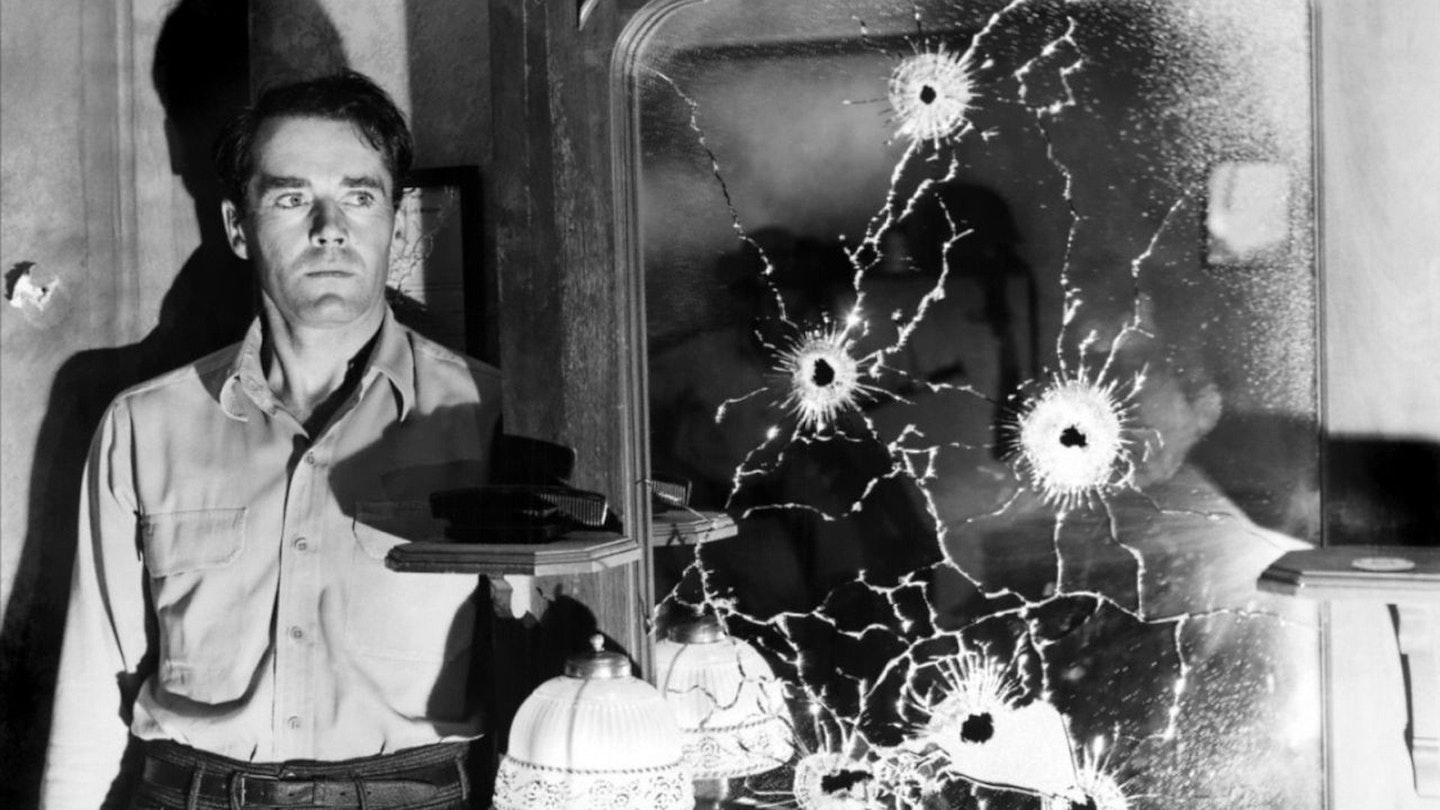Several of Fritz Lang's German films had featured an evil genius. But, having been forced to flee Europe by just such a malevolent mastermind, he started to see the state and society at large as the real villains. Thus, he used his earliest Hollywood outings to champion the cause of the Everyman and exploit the latitude invariably granted to outsiders to offer pertinent insights into life in their adopted homelands.
Lang's US debut, Fury, had not been an easy experience, however, as he had deeply resented David O. Selznick's typical interference throughout the production. He was keen, therefore, to accept this commission from the easier-going Walter Wanger, although he had only been hired at the insistence of Fury star, Sylvia Sidney, who felt that he had had a raw deal at MGM.
Indeed, this was very much her project, as she had conceived the idea of doing a Bonnie and Clyde-style picture after novelist Theodore Dreiser told her about a magazine article he was writing about the notorious twosome. In fact, Sidney had already headlined a similar vehicle, Mary Burns, Fugitive, and Wanger even borrowed Paramount staffers Gene Towne and Graham Baker to rework the storyline.
But Lang quickly imparted his own personality upon proceedings and infuriated cinematographer Leon Shamroy with his insistence on repeated retakes to capture the precise image and emotion. Henry Fonda also resented Lang's meticulous approach and his tendency to use his stars as puppets rather than interpreters of character.
But, despite Fonda's claims that Lang required 16 weeks to complete the assignment, he actually took only 46 days (15 of which were devoted to retakes) and came in under budget. However, the film proved to be a commercial disappointment and, in his frustration, Lang blamed Fonda and Wanger for limiting his options.
Yet, Lang had been allowed to espouse a bleak realism that prevented the scenario from becoming overly melodramatic, while sentimentality was largely kept at bay by the cynical edge to Fonda's authentic sense of victimisation. But the emphasis on the futility of life ultimately proved too much for post-Depression audiences.
